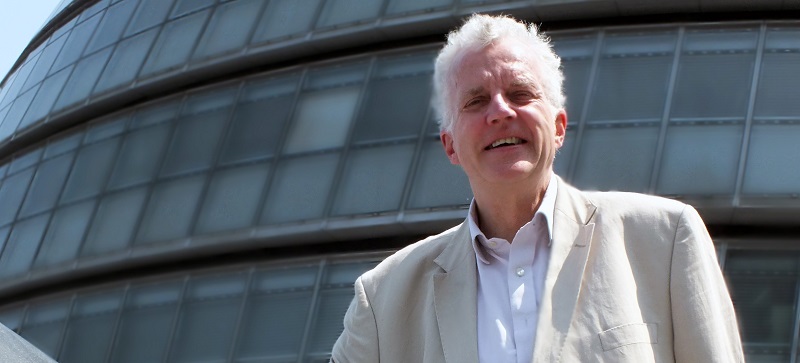Driverless cars are, at last, attracting the attention that they deserve. For a long time they have been perceived as a fanciful idea that is so far in the future so as not to merit close attention. However, there is now a recognition that they are a potential game changer – but there is far more uncertainty about how they will change the game than there is about the fact that they definitely will.They will certainly not be a panacea to transport problems and may well cause more problems than they solve.
Already, a lot of opinions are being aired with few facts to back them up. So here are half a dozen myths that need debunking:
- The technology is ready to go
Well what technology? It is a very different matter fitting a few Google cars with umpteen sensors and other equipment and driving them around southern California, and enabling central London to be full of driverless cars. The technology has a long long way to go before we can envisage a situation like that. Moreover, there will be an intermediate stage when people will let the car do most of the driving but will need to override it at times. This may prove to be particularly dangerous because people will lose concentration – or even consciousness – and then not be prepared to tackle and emergency
- The transition will be smooth
Anything but. The transport authorities will find it particularly difficult to deal with a world where there are some driverless cars mixed up with conventional ones. Indeed, the difficulties in many ways seem insuperable. There may be some kind of red flag type period where driverless cars are only allowed in very limited circumstances at low speeds
- They will be 100 per cent safe
Well, probably when there are only other driverless cars about – though even then they might crash into an unexpected object or fail to stop in time for a wayward pedestrian. The key point though is that for a long period there will be a mix of driverless cars and driven cars. How to deal with that situation is exercising the minds of the driverless car proponents. Indeed, it is quite conceivable that a driverless car, which may be ultra sensitive to incursions on the road, could quite easily cause collisions with other, manually driven, vehicles. There are endless possible dangers, not least software or hardware glitches.
- They will lead to a reduction in traffic
In fact, the opposite may be true. If the downsides of car use such as finding a parking space and not being able to use your mobile devices while driving are eliminated, than using a car to get to work or for other purposes may well become more desirable. A driverless car could, for example, simply be sent on its way to find a parking space after leaving its passenger at the front door of their destination. Many people may, therefore, choose to drive in instead of using public transport. It may be necessary, therefore, to impose extra charges on driverless cars.
- They will reduce car ownership
This too may well be a myth. While many proponents of driverless cars suggest that there will be no point owning a driverless car since it will simply be a boring pod, this may well not be the case. There is no reason why there should not be driverless Rolls Royces as well as Nissan Micras. For many people, there is a lot more to owning a car than simply having a convenient transport mode available. Giving that up will be hard for many Jeremy Clarkson types. What will happen to Top Gear?
- They will be environmentally better than cars
There are lots of pro and anti factors here. They may well be driven more steadily and therefore they would use less fuel. On the other hand, if there are more of them, then the environmental effect will clearly be damaging, especially if it leads to an increase in congestion – after all, why bother to wait till after the rush hour if you are just sitting in the car working on your laptop. Also, if people send their empty cars back home for other family members to use, then they may run a large proportion of their mileage with no passengers at all.
